Graphics Reference
In-Depth Information
()
=
(
)
=
[
]
f
p
f c
,
c
,...,
c
if
p
c c
,...,
c
,
12
n
+
1
12
n
+
1
is not well defined in general because it depends on the representative tuple chosen
for
p
. On the other hand, that definition
is
well defined (and we shall use it) with
respect to the statements
()
=
()
π
f
p
0
or
f
p
0
provided
that we restrict ourselves to homogeneous polynomials. This follows from
the fact that if f is a homogeneous polynomial of degree d, then
()
=
d
()
,
ft
c
t f
c
so that if f is zero or nonzero on one representative
c
of
p
, then it will be zero or
nonzero on all of them.
Definition.
Let f(X
1
,X
2
,...,X
n+1
) be a homogeneous polynomial in k[X
1
,X
2
,
...,X
n+1
]. Define the
hypersurface
V(f) in
P
n
(k) by
{
}
()
=Œ
() ()
=
n
Vf
pP
k f
p
0.
If n = 2, then we shall call V(f) a
projective algebraic plane curve
(again often abbrevi-
ated to
plane curve
). If f is a linear homogeneous polynomial, then V(f) will be called
a
hyperplane
. If n = 2, then such a set will also be called a
line
. Given a finite collec-
tion of homogeneous polynomials f
i
(X
1
,X
2
,...,X
n+1
) in k[X
1
,X
2
,...,X
n+1
], the
(pro-
jective) algebraic variety
, or simply
variety
, in
P
n
(k) defined by the set of polynomials
f
i
is the set
{
}
(
{}
)
=Œ
()
n
()
=
V
f
pP
k
f
p
0
for all i
.
i
i
Again, if the field k has to be made explicit, we shall refer to “k-hypersurfaces” and
“k-varieties” and use the notation V
k
(f) and V
k
({f
i
}).
(We note that another common approach to projective varieties is described later
in Exercise 10.8.5.)
This chapter attempts to give a brief overview of some central results about the
structure of varieties. As with some of the other topics covered in previous chapters,
we shall only barely scratch the surface of the field of algebraic geometry. Our empha-
sis will be on plane curves, but even for this special case much will be left out. There-
fore, the main goal will be to motivate and organize various important topics for the
reader. By and large proofs are only sketched and many are omitted, but at least he/she
will at least see some of what is known. The problem is that to do more would require
a much more in-depth knowledge of commutative algebra than we assume here. The
field of algebraic geometry has much more advanced mathematics as a prerequisite
than any of the other topics discussed in this topic. It is hoped, however, that the reader
will get a feel for the subject and will be motivated to refer to some of the references to
learn more. Certainly, by the time the chapter ends, he/she should have a better under-
standing of the following problems that are of particular relevance to CAGD:



